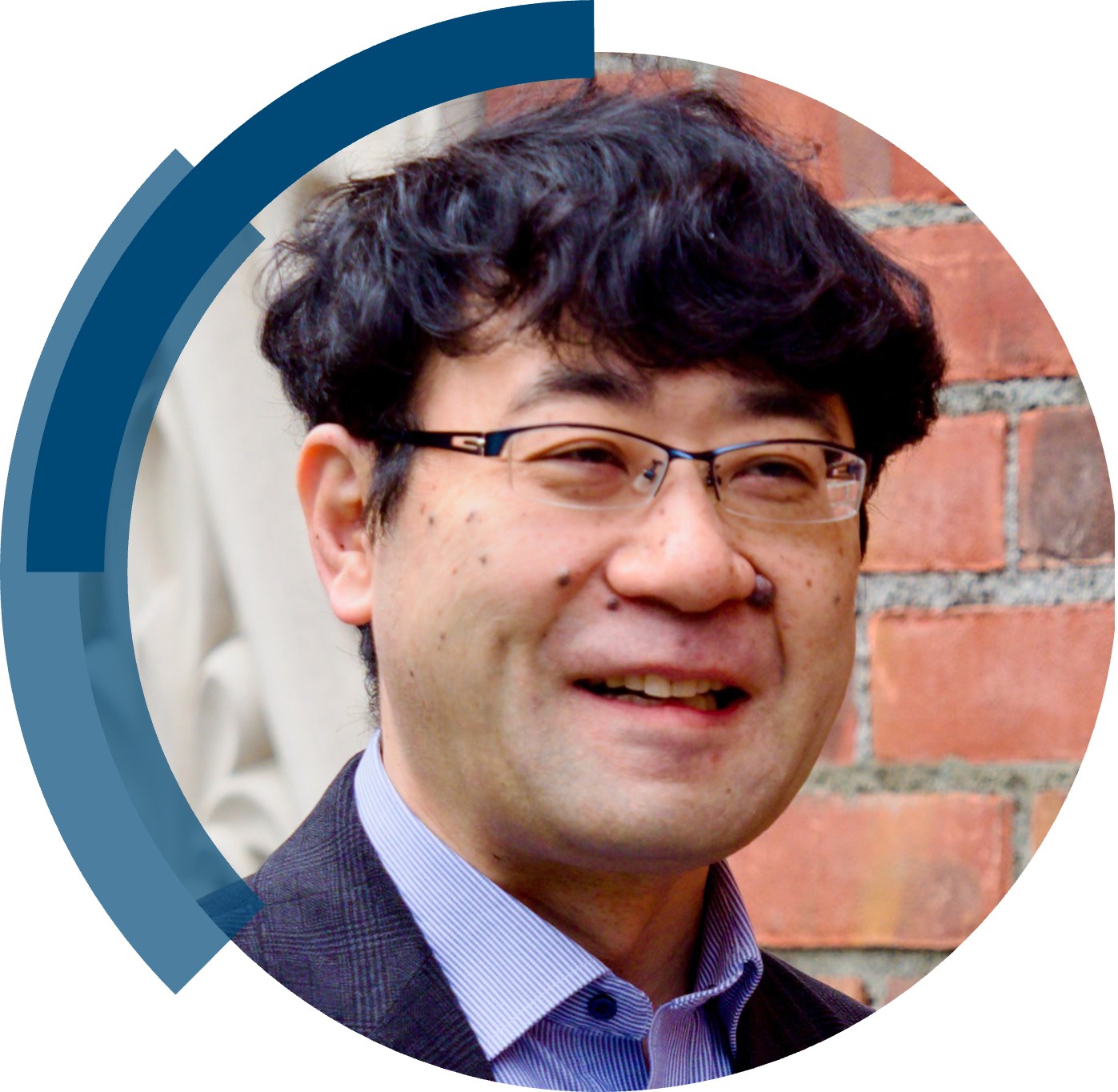Chemical Communications will be publishing its 60th volume in 2024. Over the past 60 years, ChemComm has been the RSC’s most cited journal, and one of the most trusted venues for rapid publication of short communications. In our anniversary year, we recognise the important contributions ChemComm has made, and continues to make, in advancing the chemical sciences.
As part of these celebrations, we’ve brought together a special collection highlighting the latest work from the pioneering researchers who have supported the journal in reaching this milestone by serving on ChemComm’s Editorial and Advisory boards in the last two decades. Throughout the year, we’ll be catching up with these current and former Board Members to discuss their work and reflect on ChemComm’s 60th anniversary.
Check out our interview with current Advisory Board Member, Professor Hiromitsu Maeda below!
What attracted you to the role as Advisory Board Member for ChemComm?
I have reported my several important works in ChemComm and I was selected as a winner of ChemComm emerging investigator lectureship award in 2012. As a ChemComm advisory board member, I can contribute to the journal by peer-reviewing submitted reports and recommending emerging young scientists for the special issues.
How have you seen ChemComm evolve over the years, and what aspects do you find most noteworthy?
ChemComm publishes fascinating results in a wide range of fields of chemistry.
What is your favourite thing about ChemComm?
The reports in ChemComm show cutting-edge and attractive results in just four pages.
In what ways do you think ChemComm stands out among other journals in your field?
Many high-quality reports as communications are published in ChemComm, which scientists including me think of as a high impact journal.
Are there ways in which the journal can further support and engage with future generations of scientists?
Efforts by the authors and referees in ChemComm to publish high-quality reports would provide young scientists with an appropriate forum for publication of their significant research results. ChemComm symposia for young scientists would also support their research activity via publicizing their research findings and also communicating with participants.
Could you provide a brief summary of your recent ChemComm publication?
In my recent ChemComm publication (DOI: 10.1039/d4cc00806e), new aspects of core-modified porphyrins as building blocks of ion-pairing materials are reported. Metal complexation and peripheral modifications of thiaporphyrins have been investigated for preparing polarized π-electronic cations with anion-dependent ion-pairing assembling modes, including charge-segregated structures exhibiting electric conductive property.
In your opinion, what are the next steps or potential areas of research that could build upon the findings in this paper?
The results of this paper, including the arrangement of charged π-electronic systems via iπ–iπ interactions, would facilitate the development of new supramolecular assemblies and functional materials.
Be sure to read Professor Maeda’s recent communication – “Substitution-pattern- and counteranion-dependent ion-pairing assemblies of heteroporphyrin-based π-electronic cations” by Masaki Fujita, Yohei Haketa, Shu Seki and Hiromitsu Maeda












